We explain what the male reproductive system is and the organs that compose it. In addition, its general characteristics and functions.
Male reproductive system
The male reproductive system is the set of organs dedicated to the reproduction of the organism . All the apparatus and systems of the body are related to other systems in order to fulfill their function.
The peculiarity of the reproductive system is that it not only interacts with other systems of the same organism but also, to fulfill its function, it must be related to the reproductive system of the opposite sex . It is the only device that cannot fulfill its function without the intervention of another human being .
The structure of the reproductive system is divided into internal organs, which are inside the pelvis (vesicles, prostate, urethra and glands), and external organs (penis, testicles and epididymis), which are outside it and are called genitalia.
Maturation of the male reproductive system

The reproductive system matures during puberty , a stage of human development that usually occurs between 10 and 15 years of age, but varies with each individual. At the time of maturation, the testicles, which in childhood are inactive, grow and begin to produce sperm continuously.
Secondary sexual traits also appear at puberty, which in males include the development of muscles, thickening of hair and the appearance of facial hair , widening of the chest, and the appearance of a deeper voice.
Penis
It is the organ that intervenes in copulation . Its function is to deposit the sperm, which contains the spermatozoa, inside the woman’s body. It consists of:
- Spongy body. It is the column of erectile tissue that is inside and at the bottom. It prevents the urethra from being compressed during an erection.
- Corpora cavernosa. They are the columns of erectile tissue found at the top of the penis. They cause an erection by filling with blood .
Testicles
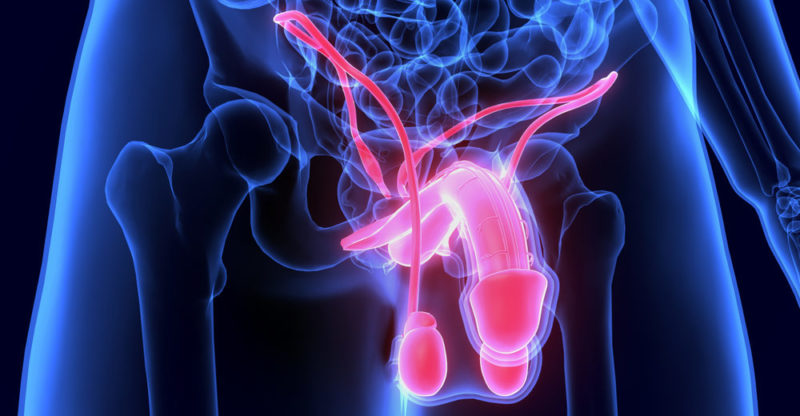
They produce both sperm and male sex hormones . They are surrounded by a series of specific envelopes called the scrotum or scrotal sac.
Epididymis
The epididymis is the set of various ducts that carry the penis , called the seminiferous ducts. It is only 12 mm wide and 5 cm long.
Sperm
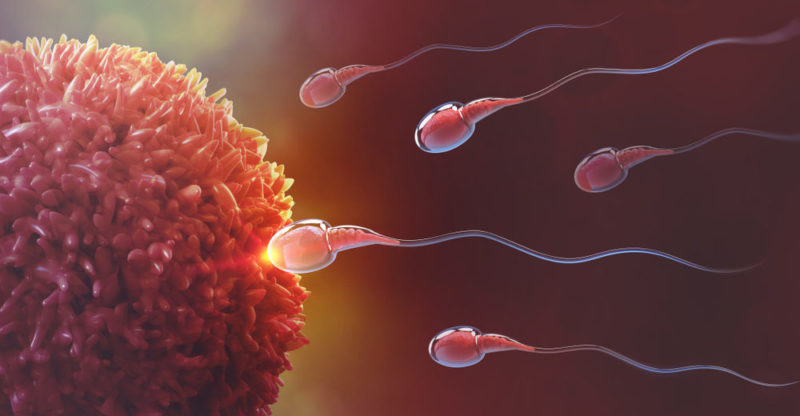
Sperm are the male gamete cells . They are produced by the testicles, transported by the vas deferens along the penis to the ejaculatory ducts, where they are deposited within the female reproductive organs. Although millions of sperm are expelled in each ejaculation, usually only one manages to join the female gamete (ovum) to form a fetus.
Internal organs of the male reproductive system
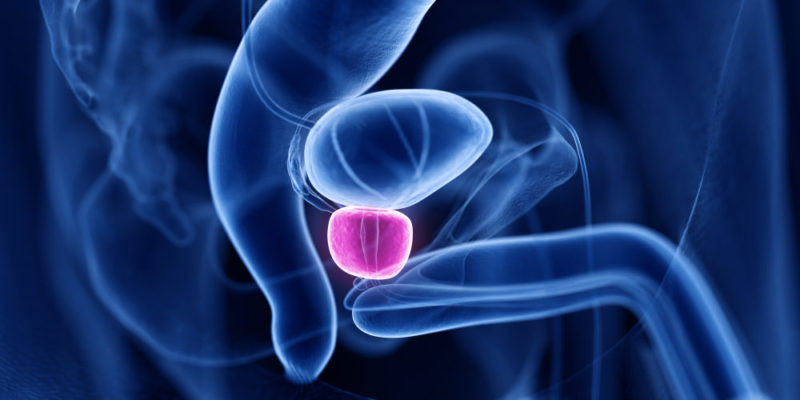
The organs of the male reproductive system that are found within the pelvis are:
- Prostate. Produce glands. It is located below the urinary bladder. The seminal fluid it produces protects the sperm.
- Urethra. It is the conduit that serves both to transport urine (from the bladder) and semen (from the seminal vesicles). This organ is also present in women, but it has no reproductive function.
- Seminal vesicles. They produce the alkaline fluid in which the sperm are then transported.
- Bulbourethral glands. They are located under the prostate. They prepare the urethra for the passage of semen, before ejaculation. Their secretions may contain sperm. They are also called Cowper’s glands.
Differences and similarities with the female reproductive system
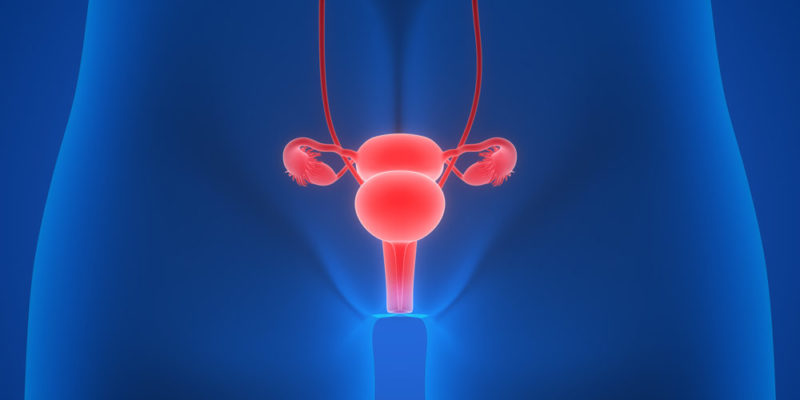
Both reproductive systems produce sexual gametes , but women produce eggs (which are made in the ovaries) while men make sperm (which are made in the testes).
The entire female reproductive system is made up of only internal organs . The male reproductive system is not prepared to house the fertilized egg, while the female system has the uterus for it.
Diseases of the male reproductive system
Some of the most frequent diseases of the male reproductive system are:
- Varicocele. is the dilation of the veins of the testicles, causing swelling. Its consequences, in addition to discomfort, can be the reduction of sterility. It is surgically corrected.
- Cryptorchidism. when one or both testicles do not descend into the scrotum before puberty. It must be corrected with surgery or else it can cause sterility.
- Prostatic hypertrophy. is the swelling of the prostate. Since it is located next to the bladder and the urethra, it causes difficulties in urinating. It is a common condition of the elderly.
Male reproductive system care
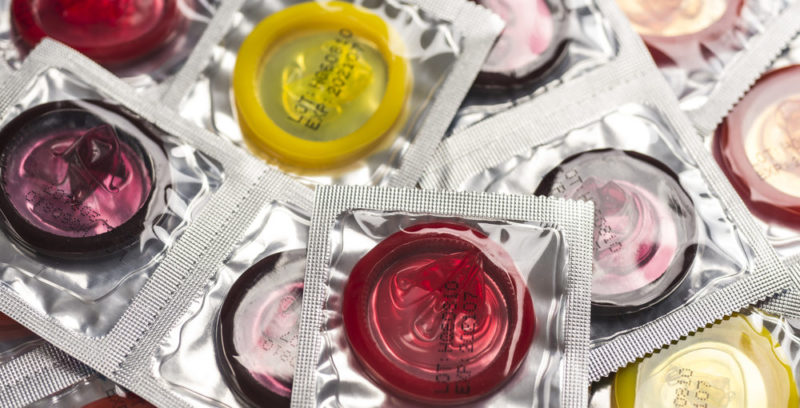
The reproductive organs of both sexes must be sanitized frequently, at least once a day . Since it is an area where the skin is especially sensitive, doctors may recommend the use of neutral soaps.
The genitals are one of the contagion points for sexually transmitted diseases , which affect not only the reproductive system but the entire body. Therefore, it is essential to use protection (condoms) when having sex.
Relationship with the urinary system
The urinary system and the reproductive system have the same outlet: the urethra, which is located inside the penis . The urethra starts from the lower part of the bladder, that is, from the urinary system. It then passes through the prostate (where it receives seminal fluid during ejaculation) until it ends at the tip of the penis..
The above content published at Collaborative Research Group is for informational and educational purposes only and has been developed by referring to reliable sources and recommendations from technology experts. We do not have any contact with official entities nor do we intend to replace the information that they emit.














